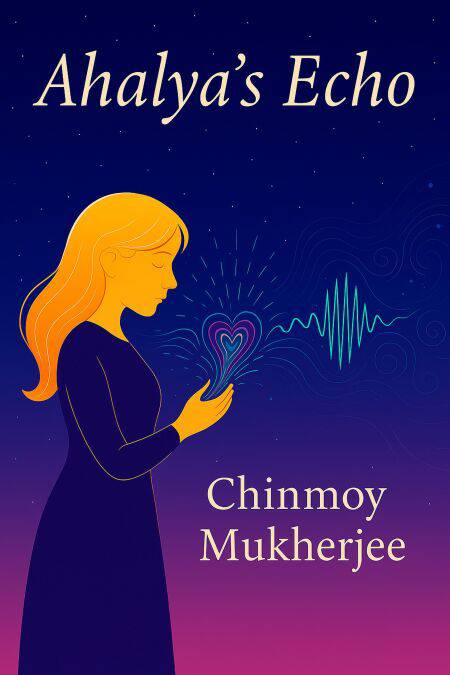
- Retrait gratuit dans votre magasin Club
- 7.000.000 titres dans notre catalogue
- Payer en toute sécurité
- Toujours un magasin près de chez vous
- Retrait gratuit dans votre magasin Club
- 7.000.0000 titres dans notre catalogue
- Payer en toute sécurité
- Toujours un magasin près de chez vous
Description
In the ancient land of Bharat, where rivers flowed with the wisdom of the ages and forests whispered secrets of the divine, there lived a woman named Ahalya. Created by Brahma as a paragon of beauty, she was married to the sage Gautama. Yet her life took a tragic turn when Indra, king of the gods, deceived her by taking her husband's form. When Gautama uncovered the deception, his rage turned Ahalya to stone—a curse born of misunderstanding and judgment.
Centuries later, Lord Rama, the avatar of Vishnu, encountered Ahalya's stone form during his exile. With a single touch, he released her—not by erasing her past, but by seeing her true essence, her soul beneath the story imposed upon her. This act of recognition restored Ahalya to life, a moment of divine clarity in a tale shadowed by blame.
But Ahalya's curse did not vanish with her redemption. Its echo lingered, a subtle poison seeping into the lives of innocent women across distant villages. Women like Sumati faced suspicion and shame, their innocence drowned by whispers of infidelity. The curse had morphed into a human failing—a refusal to see beyond surface tales and hasty judgments.
Spécifications
Parties prenantes
- Auteur(s) :
- Editeur:
Contenu
- Langue:
- Anglais
Caractéristiques
- EAN:
- 9798230904236
- Date de parution :
- 31-07-25
- Format:
- Ebook
- Protection digitale:
- /
- Format numérique:
- ePub

Les avis
Nous publions uniquement les avis qui respectent les conditions requises. Consultez nos conditions pour les avis.






